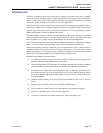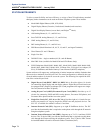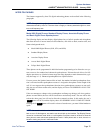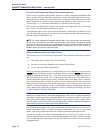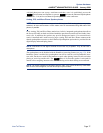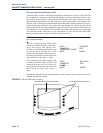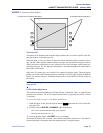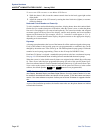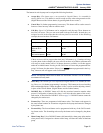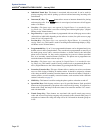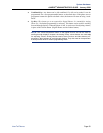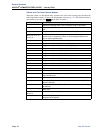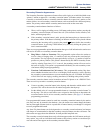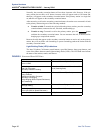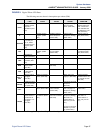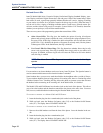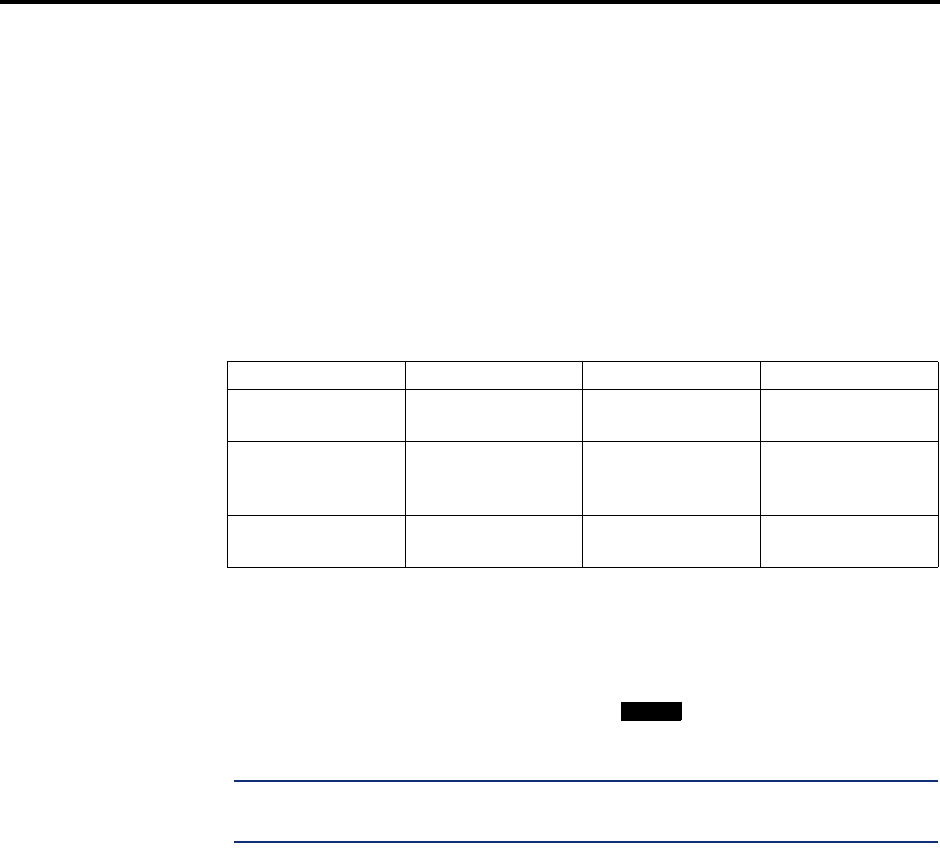
Page 81
System Hardware
AXXESS
®
ADMINISTRATOR’S GUIDE – January 2004
Inter-Tel Phones
The buttons in each keymap can be assigned the following functions:
• Accept Key: (This button type is not required for Digital Phones. It is intended for
Analog Phone use.) This button is used to accept an entry when using numeric mode.
(Digital Phones use the Volume button, by pressing both arrows at once.)
• Cancel Key: No further programming is necessary. This button will be used to cancel a
feature or cancel an entry when in numeric mode.
• Call Key: Up to 10 Call buttons can be assigned in each keymap. These buttons are
used for call access. They are not associated with specific trunks. Instead, they are
assigned to calls in the order that the calls are placed or received. In the following
example, the user has three Call buttons.
If there are more calls in progress than there are Call buttons (e.g., if another call rings
in to the phone in the example), the new call will not have an available call button and
will camp on to the station until a Call button becomes available; it will then appear
under the available button. Pressing an idle Call button will enter the programmed Out-
going Call feature for that station. If there is no button programmed in the key-
map, intercom calls will appear under Call buttons.
NOTE: All keymaps should have at least one Call button if there is not an individual
trunk button for every trunk.
• Down Key: (This button type is not required for Digital Phones. It is intended for Ana-
log Phone use.) No further programming is necessary. This button can be used scrolling
backward through displays. When the phone is idle, it can be used for adjusting volume,
in place of the Volume button. (Digital Phones use the Volume button.)
• DSS/BLF Key: A DSS/BLF button will dial the associated extension number when
pressed. If assigned to a button with a lamp, it will also show the status of the associ-
ated station, as described for DSS/BLF Units on page 34. DSS/BLF buttons cannot be
changed by the station user.
• Feature Key: These are programmed with feature codes. The feature code appears in
the same button location on all stations assigned to the keymap and cannot be changed
by the phone user.
• Forward Key: The forward button can be programmed with any of the Call Forward-
ing feature codes. The forwarding code used by the button can be changed by the phone
user.
• Hunt Group Key: Like a DSS/BLF button, this button dials a hunt group pilot number
when pressed and, if assigned to a button with a lamp, will show the status of that hunt
group.
ACTION CALL KEY 1 CALL KEY 2 CALL KEY 3
User places call #1 Shows status of call
#1
Call #2 rings in
while call #1 is
active
Shows status of call
#1
Shows ring flash for
call #2
Calls #1 and #2 on
hold, call #3 placed
Shows hold flash for
call #1
Shows hold flash for
call #2
Shows status of call
#3
IC



